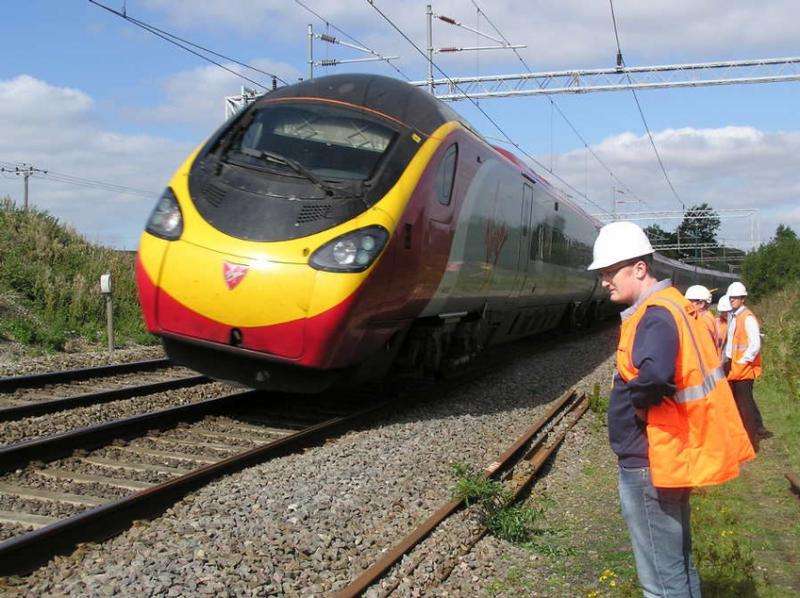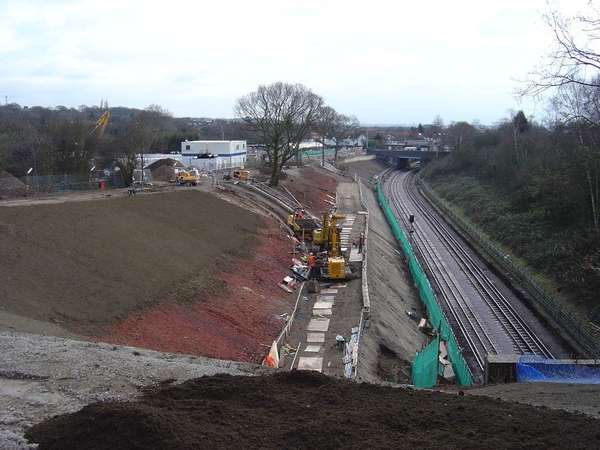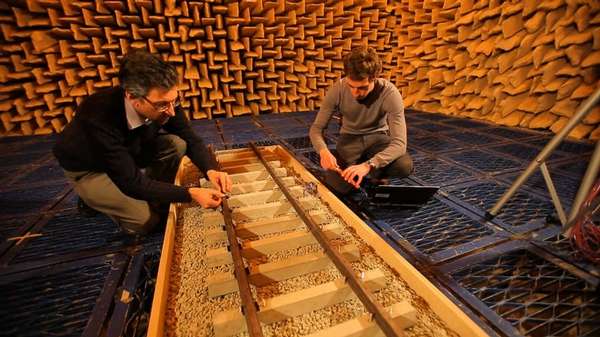EPSRC rail consortium shows how to cut costs and reduce delays

Practical measures to aid landslip prevention and enhance track stability are among the improvements pinpointed by recent research that will mean rail passengers face fewer speed restrictions, delays and cancellations in future – and will help the UK rail industry achieve multi-million-pound savings.
A whole range of potential improvements to how railway track is designed, built and maintained has been highlighted by 'Railway Track for the 21st Century', a £3.1 million, five year research programme funded by the Engineering and Physical Sciences Research Council (EPSRC). It has been undertaken by a consortium led by the University of Southampton, and also the University of Birmingham, the University of Nottingham as well as a range of industry partners, who have provided additional financial support.
Using innovative computer models and on-train and trackside measurement techniques to reveal in unprecedented detail the forces and pressures that railway track is subjected to, key outcomes and findings include the following:
- Savings of £500,000 a year have already been realised through more effective management of lineside vegetation. Seasonal track movement on clay embankments can be addressed by using vegetation to manage water content and hence reduce shrink-swell problems in the clay, as well as improving track stability during wet periods.
- Better risk assessment of earthworks has led to improved adverse weather management, delivering an estimated 14 per cent reduction in the risk of trains running into landslides during high-rainfall periods.
- The risk of landslips can be further reduced by piles driven into the earth to stabilise slopes forming part of cuttings and embankments. Annual savings estimated at between £13 million and £20 million are expected from improved design arising from the research, as well as big reductions in the time taken for the works.
- Maintenance requirements can also be reduced by including a wider range of grain size in the ballast supporting the track, by inserting flexible pads under sleepers, or by reducing the ballast shoulder slope, all of which can reduce the stresses that the track system experiences.
"Trains have changed hugely over the last few decades, but the track and earthworks they run on are substantially the same as a century ago", says Professor William Powrie of Southampton University, who has led the research. "Increases in the speed and weight of trains are putting our rail infrastructure under growing pressure, while increases in service frequency are reducing maintenance windows. The changes we've explored offer ways to help maintain and upgrade the infrastructure for the 21st century."

One slope stabilisation project in London has saved £1.5 million in costs and achieved a four month shortening in timescale through utilising procedures devised by the research programme.
Kedar Pandya, Head of Engineering at EPSRC said: "This is an excellent example of how research aligned to government transport policy produces significant benefits, in this case for the railways and passengers."

Now several of the most promising ideas generated by the programme are being taken further forward by the £8.2 million, five year follow-on initiative 'Track to the Future' primarily funded by EPSRC and being undertaken by the same consortium, which Huddersfield University has now also joined.
"Our work has shed more light on the many complex factors and mechanisms that determine how railway track behaves," Professor Powrie says. "Our conclusions are equally applicable to the UK's existing rail network and to the high-speed railways of tomorrow."
Provided by Engineering and Physical Sciences Research Council (EPSRC)




















